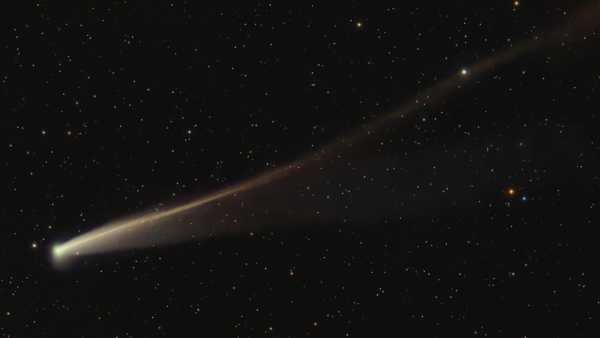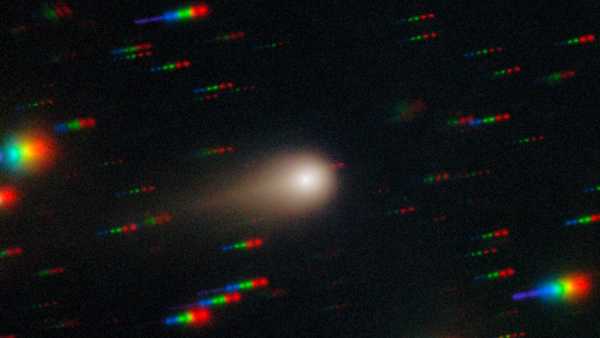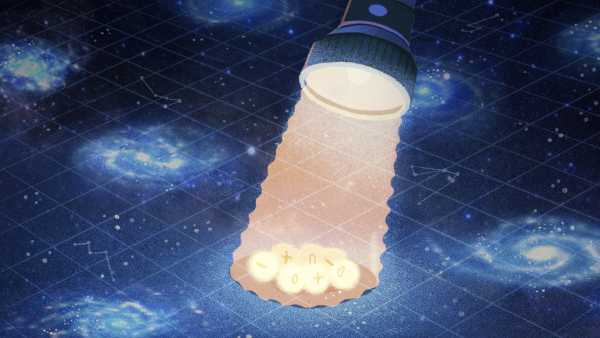
Fast radio bursts help scientists find missing matter in the universe and study large-scale cosmic structures. (Image credit: Wei-An Jin)
In early 2024, McGill University doctoral student Vishwangi Shah and her colleagues were conducting a routine analysis of data from the Canadian Hydrogen Intensity Mapping Experiment when they noticed something strange.
Their analysis allowed them to trace one of these pulses, known as fast radio bursts (FRBs), to the outer edge of a “dead” galaxy, where no new stars were being formed. Logically, this region of space should have been silent. Instead, it screamed throughout the universe, sending out powerful waves.
You may like
-
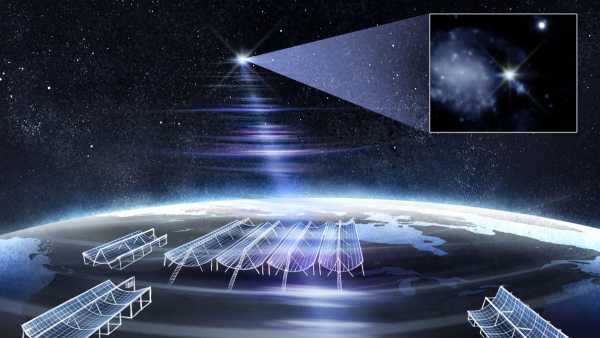
The James Webb Space Telescope has captured the brightest FRB ever recorded.
-
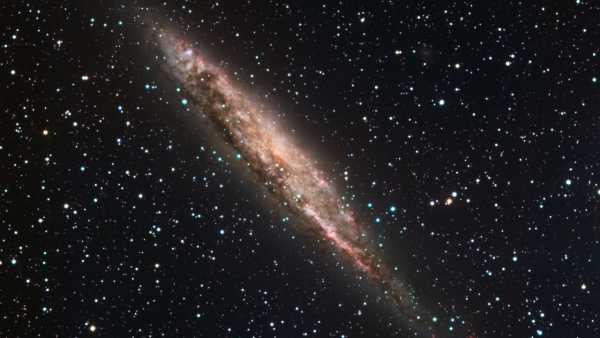
Scientists may have discovered a powerful new space object: “It doesn't fit into any known category.”
-

Time Machine reveals hidden structures in the Universe's first galaxies

Science Spotlight takes a closer look at new scientific advances and provides you, our readers, with a vital perspective on these advances. Our articles highlight trends in various fields, explain how new research is challenging old ideas, and how science is changing our understanding of the world we live in.
They immediately analyzed their code, searching for errors that could explain the anomaly. When their search was successful, they realized what it meant: they might have stumbled upon a way to solve an unrelated cosmic mystery that had persisted for decades: why so much of the universe's “ordinary” matter is missing.
This “normal” matter, called baryonic matter, includes particles such as protons and neutrons, as well as other matter that interacts with light, including stars, planets, and us. Baryonic matter makes up only a small fraction of the universe; the rest is made up of mysterious dark energy and dark matter, invisible to the human eye.
There must be more ordinary matter in the Universe than we've detected. And the fast radio bursts (FRBs) discovered by Shah and her colleagues were a bright, shining beacon pointing to some of this missing matter. Because FRBs travel vast cosmic distances, their speed can be noticeably slowed by the presence of baryonic matter, but not by its dark counterpart. Therefore, studying these incredibly short bursts of light could be a valuable tool in the search for missing matter in the Universe.
Scientists are currently doing just that: using fast radio bursts (FRBs) to map the matter of the Universe. The data they obtain could radically change our understanding of how stars, black holes, and galaxies grow over time.
The Missing Baryon Problem
Baryons are a class of subatomic particles that includes protons and neutrons, the basic building blocks of atoms, as well as a few extremely rare exotic particles thought to make up only a small fraction of the baryons. Baryons are present in all visible matter in the universe, but not in the mysterious dark matter, which exerts a gravitational pull but does not interact with light.
In the 1990s, scientists analyzed the elements formed in the Big Bang and calculated that baryonic matter should account for about 5% of the total mass and energy of the universe. This model of the Big Bang, called the lambda-cold dark matter model (lambda-CDM), is generally considered by experts to be the most plausible and reflects what happened.
You may like
-
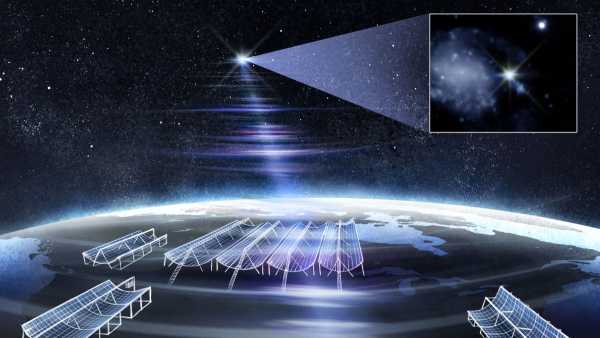
The James Webb Space Telescope has captured the brightest FRB ever recorded.
-
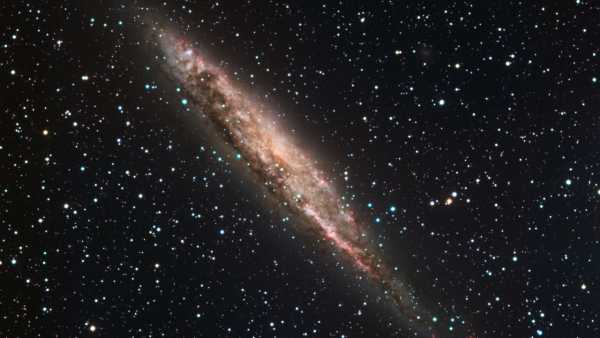
Scientists may have discovered a powerful new space object: “It doesn't fit into any known category.”
-
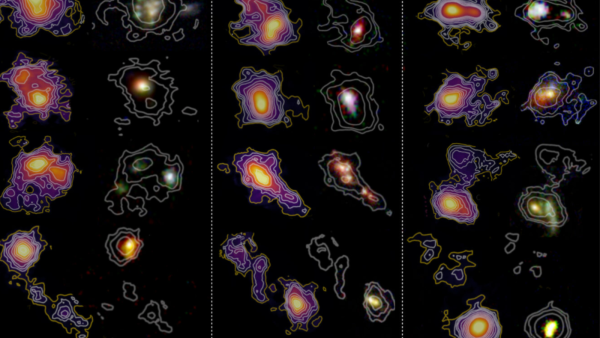
Time Machine reveals hidden structures in the Universe's first galaxies
But where is all this matter? Across all the planets and stars, scientists have detected only about 70% of the baryons predicted to exist in the universe. “It's essentially a cosmic accounting problem,” Manisha Kaleb, an astrophysicist at the University of Sydney, told Live Science in an email. The discrepancy between the amount of baryonic matter astronomers predicted and the amount they have proven to exist has become known as the “missing baryon problem.”
The missing matter remained elusive, and more and more researchers joined the search. “It's quite frustrating and embarrassing that we're missing most of the normal matter in the universe,” Liam Connor, an astrophysicist at Harvard University who studies this matter, told Live Science.
“It is rather annoying and embarrassing that the Universe is missing most of its normal matter.”
Liam Connor, Harvard University
Astronomers have trained their telescopes on various types of cosmic objects but have been unable to detect the missing baryons. Many expected the missing matter to reside in wisps of hot plasma scattered between galaxies, said Kaleb. Observing this “warm-hot intergalactic medium” is difficult because it is diffuse and emits very little light, making it virtually invisible to modern observing instruments. “It's like trying to see fog in the dark,” Kaleb said.
Detecting missing baryons could help confirm—or refute—some Big Bang models. This is because the composition of the early universe, particularly the number of baryons, is related to the abundances of various elements. Models such as Lambda-CDM predict the existence of certain amounts of hydrogen, helium, and other light elements at the beginning of the universe, which can still be measured today. Finding a baryon number that better matches the predicted abundances of the elements suggests that these models are likely accurate.
However, if this matter doesn't exist, “that would mean something is wrong with our models,” Julian Muñoz, a theoretical cosmologist at the University of Texas at Austin, told Live Science in an email. Consequently, there could be gaps in scientists' understanding of the history of the cosmos.
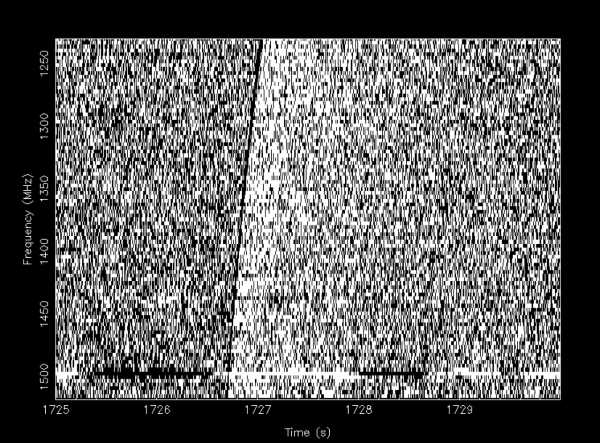
Duncan Lorimer first discovered fast radio bursts (FRBs) in 2007 while reviewing archived telescope emission data dating back to 2001. He and his team encountered this frequency anomaly, which lasted less than 5 milliseconds and indicated the observation of a strange burst of radio waves, later dubbed an FRB. A New Strategy: Fast Radio Bursts
Scientists have been measuring fast radio bursts (FRBs) using radio telescopes since 2007, when Duncan Lorimer, an astronomer at West Virginia University, accidentally discovered the first fast radio burst (FRB). Each burst is incredibly energetic: in a fraction of a second, it releases more energy than the Sun does in several days.
As their name suggests, fast radio bursts are short-lived; most last about a millisecond. Because they are so brief and can occur anywhere in the sky, fast radio bursts are often discovered by chance. This fleeting nature also makes it difficult to pinpoint the source of fast radio bursts, as astronomers typically only have a few milliseconds to make measurements.
For this reason, FRB studies initially focused on finding the source of these pulses. Most theories suggest that they originate from young magnetars, which are highly magnetized neutron stars—the ultra-dense collapsed cores of massive stars.
Then Shah's observation, along with an earlier observation from 2020, challenged this model. The discovery of wandering fast radio bursts (FRBs) inspired astronomers because it opened a new way to search for the missing matter. How FRBs form, Lorimer told Live Science, “is a big and very interesting mystery.”
If Shah's FRB (named 20240209A) originates from a dead galaxy, then perhaps older magnetars can also emit FRBs into space, meaning some FRBs could be the final flares of dying stars. An old magnetar, like a dying campfire, may appear quiet and lifeless, but hidden tensions can still ignite a quick spark.
It's also possible that under certain conditions—for example, when old stars merge or matter accumulates around a dead star—new magnetars could form in dead galaxies. In that case, there would be far more sources of fast radio bursts (FRBs) than scientists previously assumed.
Even in 2007, Lorimer believed his work could have broader applications. His paper on the first fast radio bursts hinted at the possibility of using fast radio bursts to probe the warm intergalactic medium, which was difficult to study with the instruments available at the time.
However, scientists did not openly propose using FRBs to search for baryonic matter until 2013. In a paper published in The Astrophysical Journal Letters, Matthew McQuinn of the University of Washington proposed locating the missing matter by measuring the slowing down of FRBs as they pass through matter in their trajectory—this is called a dispersion measure.
Fast radio bursts (FRBs) are ideal for searching for baryonic matter. Due to their high energy, FRBs also travel long distances, sometimes through the warm intergalactic medium, and are unaffected by dark matter, which does not interact electromagnetically. “As far as dark matter is concerned, FRBs don't exist, and vice versa,” Connor told Live Science.
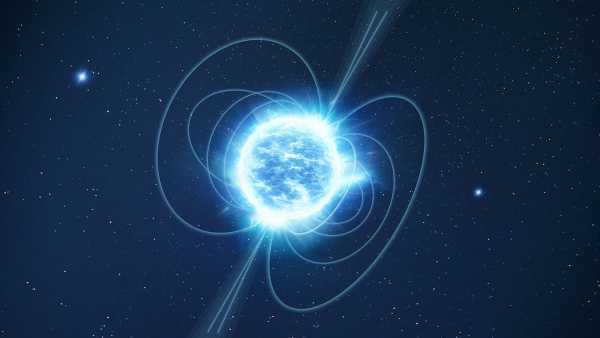
Most theories suggest that FRBs arise from young magnetars—the highly magnetized, super-dense collapsing cores of massive stars.
Most of the observable matter in the universe, including the hot intergalactic medium, resides in extremely tenuous, distributed gas, virtually invisible to conventional telescopes. Fast radio bursts (FRBs) act as beams of electromagnetic energy, like powerful flashlights, that pass through these clumps of matter, interacting with particles that alter the FRBs' frequency. Sensors on Earth can measure the frequency of these FRBs as they reach us, and using sophisticated analysis, scientists can calculate dispersion indices.
Scientists hadn't tested this method until 2020, when a team including McQuinn and his international colleagues applied it to real observations of fast radio bursts (FRBs). Using 13 reliable measurements of the dispersion of fast radio bursts, the team created a model of the cosmic structure of the Universe. They calculated that baryons make up approximately 5% of the total matter and energy, as predicted by previous methods, providing crucial evidence for the possibility of using FRBs to detect missing matter.
This result also showed that the current number of baryons in the Universe has not changed since the Big Bang, and confirmed the prevailing Lambda-CDM model.
In June 2025, Connor and his colleagues used fast radio bursts (FRBs) to estimate the locations of all baryons. Their calculations showed that about 76% of all baryons are in intergalactic space. “We can pinpoint exactly where they've been hiding all this time,” Connor said. “They're in this fuzzy, diffuse, ionized state between galaxies, in a kind of baryon cosmic web, so to speak.”
Therefore, they predicted that the remaining 24% of baryons must be located somewhere else in the Universe.
Google Baryonic Maps
Understanding the distribution of baryonic matter is critical because it affects supermassive black holes, stellar evolution, and galaxy formation. “If we can pinpoint where the missing matter is, we can build much better models of everything from how galaxies recycle gas to how elements are distributed throughout the universe,” said Caleb.
The distribution of baryonic matter around supermassive black holes may shed light on how these cosmic giants at the hearts of distant galaxies self-regulate. Scientists have discovered that “if it gets too hot, [the supermassive black hole] cools down. If the temperature drops, it heats up and begins to form stars or eject gas into the intergalactic medium,” Connor explained.
Understanding this process, widely recognized by experts since the mid-2000s, helps scientists predict the evolution of galaxies. However, for distant galaxies, measuring the heating and cooling of a black hole is difficult. With sufficient information about the distribution of baryons in a distant galaxy, astronomers can make predictions about how a particular galaxy evolved and how stars formed.
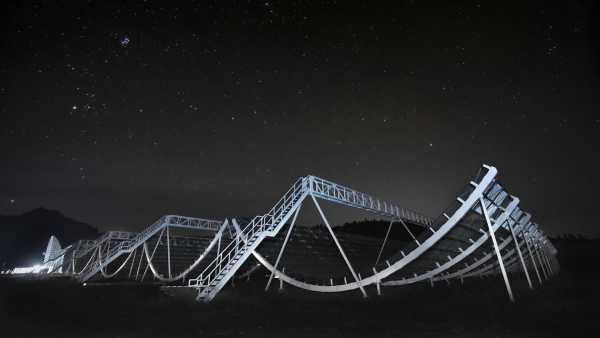
Once an FRB is detected, CHIME telescopes on three continents can tune in and help pinpoint it.
The number and structure of surrounding baryons also provide scientists with information about how stars form. And since galaxies are composed of stars and black holes, understanding how their growth and formation influence the distribution of baryons can give astronomers insight into how galaxies grow over time, Muñoz said.
The field of study is limited by the small number of recorded fast radio bursts (FRBs). To determine the source of a burst, scientists use dispersion measurements to determine the distance the FRB traveled to Earth. Working backwards and taking into account the expansion rate of the universe, astronomers can use the distance traveled to determine the FRB's origin.
Although astronomers have observed several thousand FRBs, only about 50 have been traced back to their origin.
“The next steps are all about scale,” Caleb said. “We need hundreds—ideally thousands—of precisely localized FRBs so we can use them as markers on a cosmic map.”
By identifying more such locations, astronomers will be able to statistically analyze the spatial distribution of matter in the Universe. These fast radio bursts (FRBs) can tell us where ordinary matter is located, and celestial objects interacting with dark matter, such as galaxies, can indicate its location. Together, these pieces of information can reveal the deep, invisible structure of the Universe that connects galaxies and determines their locations.
“In 10 to 20 years, I'd like to see a complete 3D map of the baryon distribution in the Universe, based on fast radio bursts (FRBs)—a sort of baryon Google Maps—to use in conjunction with our knowledge of dark matter,” Caleb said. And that dream is coming true.
RELATED STORIES
Mysterious radio signals from deep space reveal the location of the Universe's 'missing matter'
Where do fast radio bursts come from? Astronomers link the mysterious eruptions to massive galaxies.
— Mysterious repeating radio bursts from space may finally be explained.
Projects such as the Canadian Hydrogen Intensity Mapping Experiment (CHIME) and the Deep Synoptic Array 2000 (DSA-2000) in Nevada are in the process of increasing their ability to detect fast radio bursts (FRBs). CHIME is developing three telescopes operating collaboratively on different continents so that when FRBs are detected, all telescopes can tune in and help pinpoint them. Meanwhile, DSA-2000 will survey the entire sky multiple times, using nearly 20 times more antennas than its predecessor, the Deep Synoptic Array-110, to increase measurement sensitivity by reducing noise in radio observations.
Once fully operational, these instruments are expected to collectively detect the sources of more than 10,000 fast radio bursts per year.
“This is just the beginning” of using FRBs to study the universe, Caleb said.
Black Hole Quiz: How Supermassive Do You Know About the Universe? TOPICS: Focus: Science

Perry ThalerSocial Link NavigationIntern
Perry Thaler is an intern at Live Science. Her interests include space, technology, and the physical sciences, but she also enjoys exploring other topics, such as renewable energy and climate change. Perry studied astronomy and economics at Cornell University, then worked in policy and technology at NASA, and then researched paleomagnetism at Harvard University. She is currently pursuing a master's degree in journalism at New York University, and her work has appeared on ScienceLine, Space.com, and Eos.
You must verify your public display name before commenting.
Please log out and log back in. You will then be asked to enter a display name.
Exit Read more
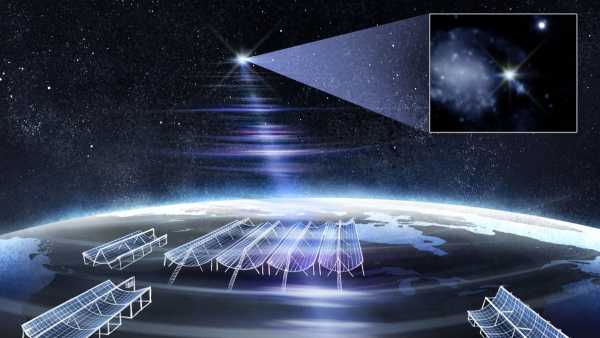
The James Webb Space Telescope has captured the brightest FRB ever recorded.
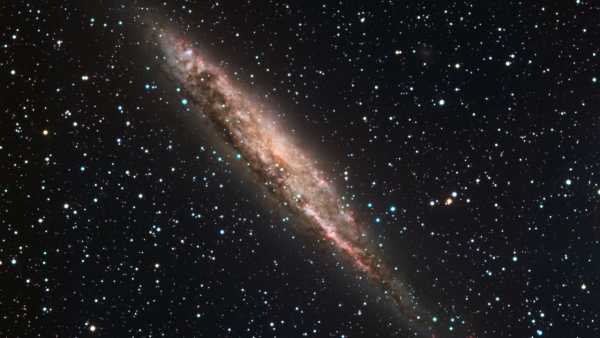
Scientists may have discovered a powerful new space object: “It doesn't fit into any known category.”
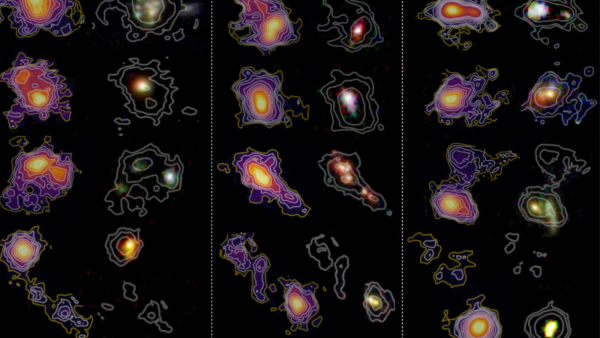
Time Machine reveals hidden structures in the Universe's first galaxies
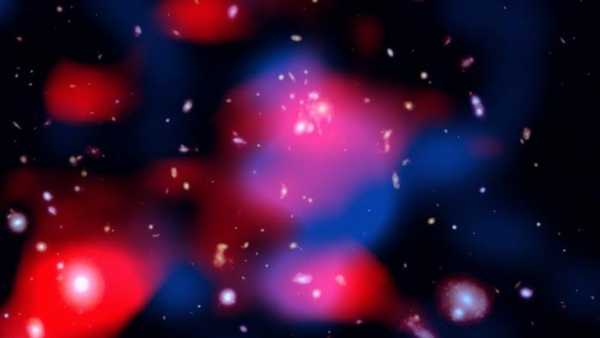
The most distant 'mini-halo' ever discovered could improve our understanding of the early Universe.
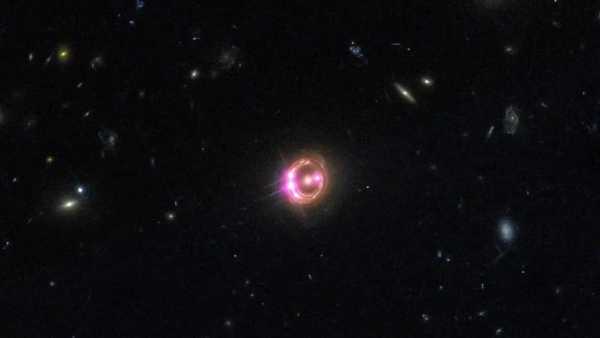
Astronomers use rare 'double zoom' to view black hole's corona in unprecedented detail
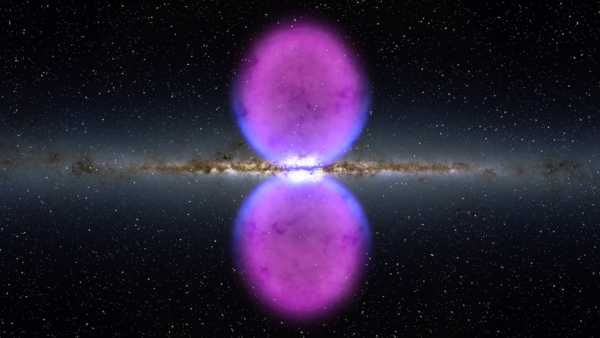
Ice cube-shaped clouds discovered at the center of a galaxy shouldn't exist – and they hint at a recent black hole explosion.
Latest astronomy news
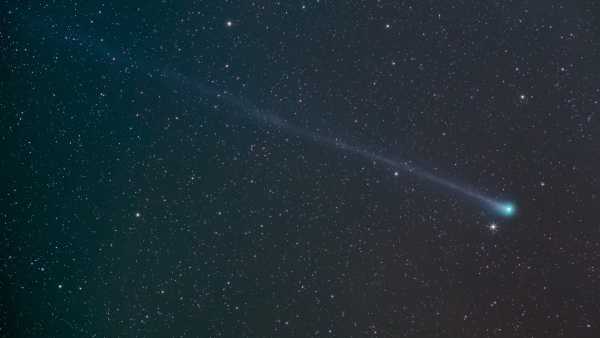
Watch the sky! This October, you'll be able to see two bright comets on the same night during a meteor shower.
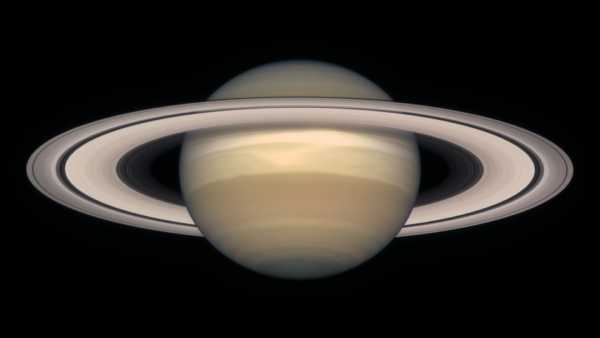
Saturn will be at its brightest and largest on September 21—here's how to see it.
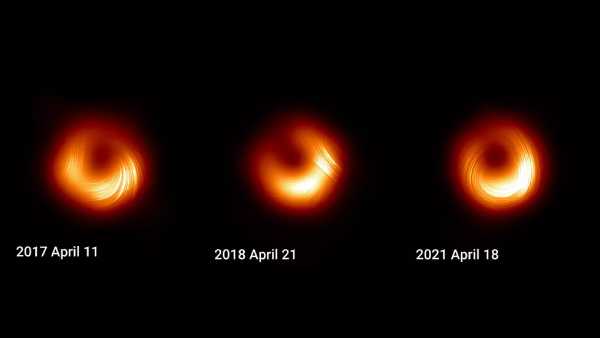
'Dramatic' changes detected in first-ever photographed black hole

Tomorrow you can see a rare triple conjunction of the Moon, Venus and Regulus.

'The Sun is slowly waking up': NASA warns that extreme space weather could become even more extreme in the coming decades
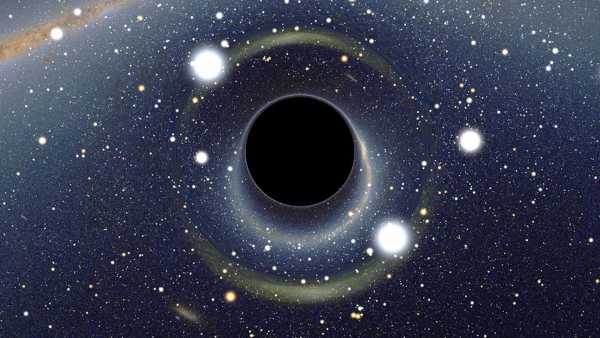
Physicists say there is a 90% chance that a black hole will explode within a decade.
Latest features

What are “magic numbers” in nuclear physics?
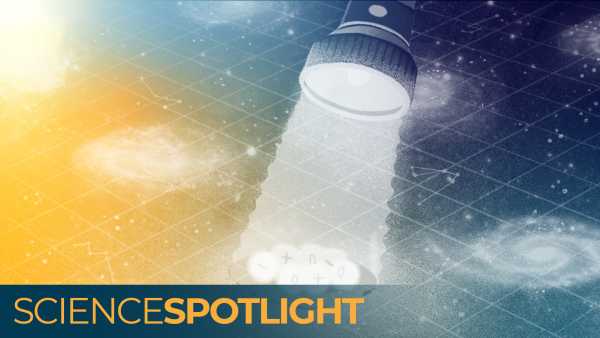
“It's like trying to see fog in the dark”: How strange pulses of energy are helping scientists map the universe.

The tragic death of gene therapy, which halted the field for a decade, occurred on September 17, 1999.

Why does my mouth sometimes smell even after brushing my teeth?
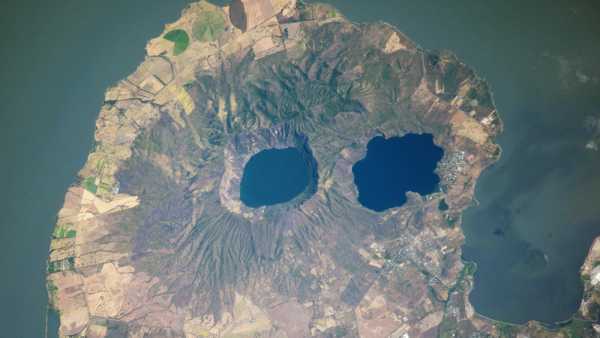
Volcanic 'eyeballs' peer into space from a skull-shaped peninsula
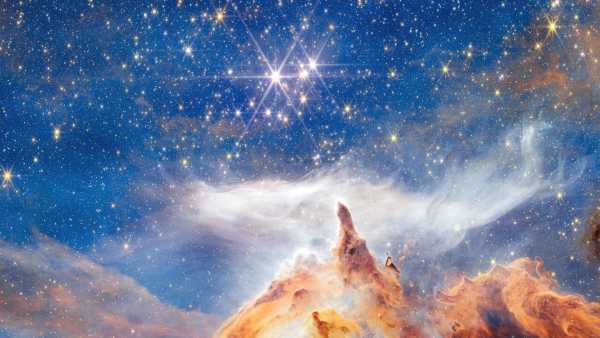
The James Webb Space Telescope's “Starry Mountaintop” may be the observatory's best image to date — Space Photo of the Week
LATEST ARTICLES

1Why does my mouth sometimes stink even after brushing my teeth?
Live Science magazine is part of Future US Inc., an international media group and leading digital publisher. Visit our corporate website.
- About Us
- Contact Future experts
- Terms and Conditions
- Privacy Policy
- Cookie Policy
- Accessibility Statement
- Advertise with us
- Web notifications
- Career
- Editorial standards
- How to present history to us
© Future US, Inc. Full 7th Floor, 130 West 42nd Street, New York, NY 10036.
var dfp_config = { “site_platform”: “vanilla”, “keywords”: “longform-article,type-feature,serversidehawk,videoarticle,van-enable-adviser-
Sourse: www.livescience.com



